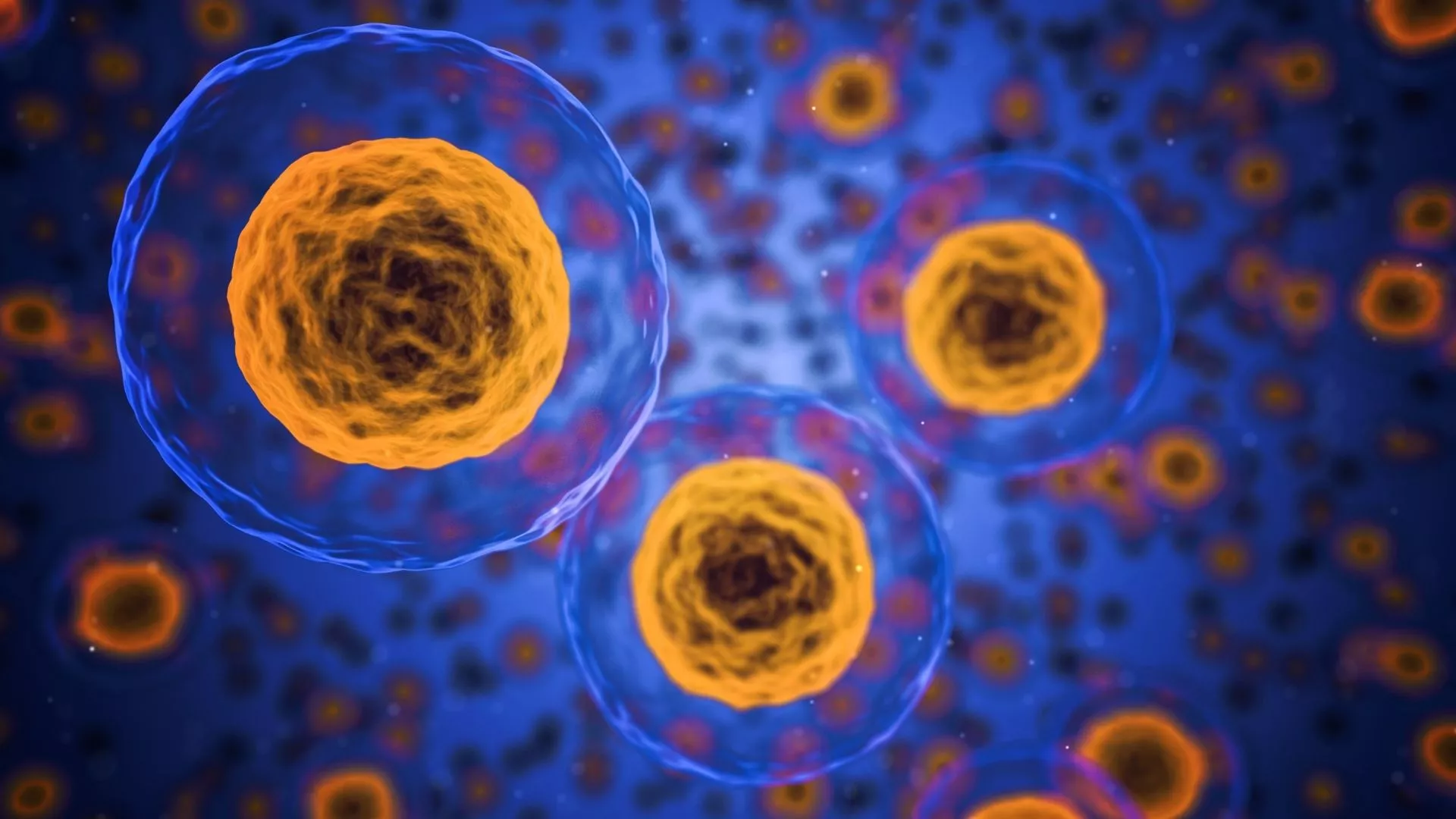
Bulls Island (S.C.) Stop 2
Episode
5
Video
At the same stop, vines and flowering plants can also be seen growing in this area. We see Yellow Jessamine, and Toadflax.

Video
At the same stop, vines and flowering plants can also be seen growing in this area. We see Yellow Jessamine, and Toadflax.
Video
Hurricane Hugo damage revisited – Here we see further evidence of damage caused by Hurricane Hugo. The tall canopy trees like pines, oaks, and palmettos have been stripped bare. Nature is slowly...
Video
At the same stop, Rudy and Jim find more plants typical of barrier islands: Devil’s Walking Stick, Prickly Ash, and Buckthorn. In a shady area close by, Rudy and Jim find a resting Eastern Cottonmouth...
Video
Osprey birds and Bald Eagles can also be seen nesting in this wildlife refuge.
Video
The Dike – Vast fields of Cord Grass populate this area. The fresh water impoundments, with much lower levels of salinity, are perfect places for shore and sea birds such as Yellowleg birds, Black...
Video
Rudy and Jim catch a full sized adult alligator sneaking around the area, and also find a Four-Lined Rat snake, also known as a Live-Oak snake.
Video
Great Egret birds, whose nests were initially destroyed by Hurricane Hugo, have flocked back to the island to rebuild their homes.
Video
“Ghost Beach” - Rudy and Jim further assess the damage to the island by Hurricane Hugo. The pines and live oaks at the shore line are gone, but the Palmetto trees survived. The water is slowly eroding...
Video
Rudy and Jim visit Forty Acre Rock, which is in Flat Creek Heritage Preserve, in Lancaster, S.C. Pine Forest - The forest, once dominated by hardwood trees, is now populated with mostly pine trees...
Video
At the same stop, Rudy and Jim come across a few common species of insects which populate the area: a male Tiger Swallowtail butterfly, a Sunflier dragonfly, and a cluster of Fall Webworm silk is...